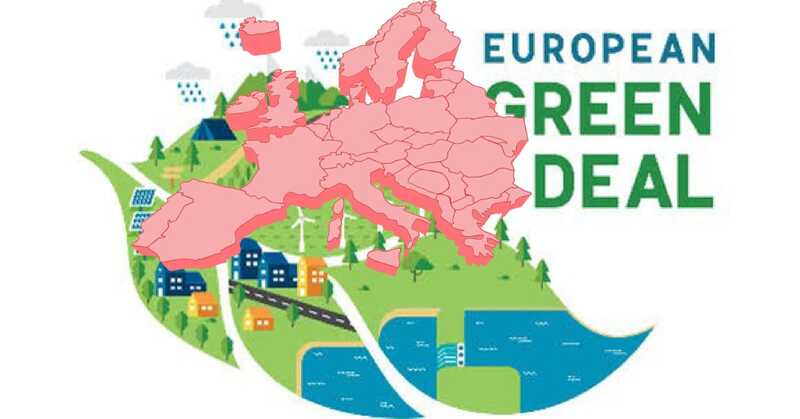
The Great Capital Shift: Why Investment Funds Are Flowing From The U.S. To Europe
Europe
Business
There is an extreme realignment of global investment patterns as funds rapidly flow from the United States to Europe. This capital reallocation is driven by a combination of economic, political, and financial market factors that are redirecting the orientation of investors. The U.S. has been the world finance leader for years, attracting investments due to its strong economic growth and surging stock market. However, early 2025 witnessed a dramatic change, with investors increasingly favoring European markets over American assets. One of the primary reasons behind this is growing concerns regarding the U.S. economy. Investors have grown more sceptical of its future growth prospects, with the latest Bank of America Fund Manager Survey revealing that 83% of investors now view a slowdown in the U.S. economy as likely, up from a sharply higher 28% last month. Inflation, heightened interest rates, and threats of an economic slowdown have turned investors off keeping too much exposure to American assets. With doubt in the air, capital is searching for outlets elsewhere, and Europe is becoming a prime destination. The economic outlook in Europe, meanwhile, is also brightening, fuelled by bold fiscal action and renewed investor confidence. Germany, widely regarded as the economic powerhouse of Europe, has introduced key fiscal stimulus packages to revive growth and industrial production. This has created optimism among investors, as net optimism regarding European economic growth has risen from 9% to 60% in just two months. Increased defense spending across the region, driven largely by geopolitical uncertainty and the need for greater autonomy, is also playing a major role in attracting investment. As the countries of Europe demonstrate a more solid commitment to long-term economic stability, global investors are increasingly concentrating their attention on the continent. Another crucial factor that has prompted investors to move capital to Europe is the impact of tariffs. Trade policies implemented by the U.S., including tariffs on European goods and retaliatory measures from the EU, have disrupted supply chains and increased costs for American firms. In response, many multinational corporations and investors have shifted their focus to Europe, where tariff stability allows for smoother operations and lower trade-related expenses. European countries, leveraging their trade agreements and economic alliances, have capitalized on this shift, positioning themselves as attractive alternatives for global investment. A key driver of money leaving America and going into Europe is the relative value between stock markets. European equities are now viewed as more valued than equities in America. While volatility has stormed in the S&P 500, blue-chip stocks in Europe have surged 9% year to date, significantly outperforming U.S. markets, which have dropped nearly 4% for the year. The valuation gap is drawing institutional investors who view European stocks to be undervalued with good growth potential. In addition, Europe’s movement towards energy independence and a greener economy is revealing new investment themes in the renewable energy, technology, and infrastructure sectors. The financial sector itself is reacting to this trend, with major asset managers strategically positioning themselves to take advantage of the trend. BlackRock, a global investment leader, has introduced new services in Europe alongside local banks to target local investors with unique products. Some examples include sustainable investment funds focusing on green energy, private equity portfolios tailored to European SMEs, and customized wealth management solutions that integrate local economic conditions. This effort not only is attracting European funds but is also prompting similar efforts from U.S. funds, accelerating capital movement. By embracing the changing investment culture in the region, international finance groups are increasing the attractiveness of Europe as a successful investment hub. Political factors are also the reasons behind the diversion of funds. Increased regulatory pressures in the U.S., uncertainty about future monetary policy, and political stability issues have increased investor conservatism. Europe is, on the other hand, being perceived as a more stable and certain investment environment, particularly as it moves towards greater economic integration and regulatory certainty. Despite potential problems, such as an ongoing energy crisis and geopolitics, investors are prepared to risk Europe’s strength and future potential. The trend of reallocating funds from the U.S. to Europe is a turning point for global finance. While confidence in the American economy continues to erode and Europe stabilizes its economic base, investors are proceeding cautiously to reap better yields. This trend will continue as long as Europe leads the charge and the U.S. struggles with economic headwinds. The great capital shift is not a temporary aberration but a reflection of deeper structural changes in the global economy. Investors everywhere are paying close attention, and the financial landscape is changing before our very eyes.
7 DAYS AGO
